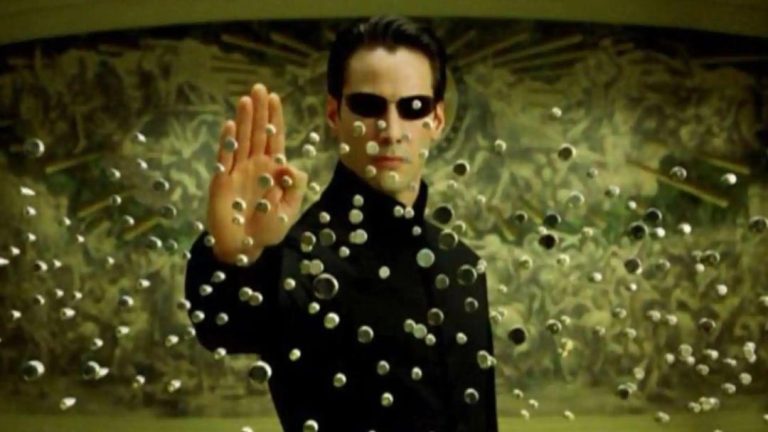
World’s First Humanoid Robot Kick-Boxing Competition Held in China
In a groundbreaking event, the world’s first humanoid robot kick-boxing competition was held in Hangzhou, China, marking a significant milestone in the development of artificial intelligence and robotics. The competition, which took place recently, saw two humanoid robots face off in a high-energy kick-boxing match, leaving onlookers in awe. The robots, developed by the Chinese company Unitree Robotics, were remotely controlled by their human trainers using joysticks, allowing them to exhibit impressive martial arts skills.
The video of the match, which has surfaced online, shows the robots exchanging punches and kicks in a display of impressive coordination and agility. The robots’ movements were swift and precise, making it difficult to distinguish them from human fighters. The match was designed to test the robots’ capabilities in a real-world combat sports setting, pushing the boundaries of what is possible in the field of robotics.
The competition was the brainchild of Unitree Robotics, a Chinese company that has been at the forefront of humanoid robot development. The company has been working on perfecting its robots’ abilities in various fields, including martial arts, and has successfully created robots that can perform complex movements and actions.
The humanoid robots used in the competition were designed to mimic human movements, with similar body proportions and agility. They were equipped with advanced sensors and algorithms that allowed them to adapt to different situations and opponents. The robots’ movements were controlled by their human trainers, who used joysticks to guide them through the match.
The competition was a resounding success, with the robots displaying impressive skills and coordination. The match was a testament to the rapid progress being made in the field of robotics, and the potential for humanoid robots to be used in a variety of applications, including combat sports.
The use of humanoid robots in combat sports is not without its challenges, however. One of the main concerns is the potential for the robots to cause harm to human opponents or spectators. As a result, the competition was designed with safety in mind, with measures put in place to prevent any accidents or injuries.
The success of the competition has raised questions about the potential future of humanoid robots in combat sports. While it is unlikely that robots will replace human fighters in the near future, they could potentially be used as training partners or sparring partners, allowing human fighters to hone their skills and prepare for matches.
The competition has also sparked debate about the ethics of using humanoid robots in combat sports. Some have raised concerns about the potential for robots to replace human fighters, or to be used as tools for entertainment purposes. Others have argued that the use of robots in combat sports could potentially improve the safety of human fighters, by reducing the risk of injury or harm.
Regardless of the ethical implications, the success of the competition has marked a significant milestone in the development of humanoid robots. It has shown that robots are capable of complex movements and actions, and has pushed the boundaries of what is possible in the field of robotics.
The video of the match has been viewed thousands of times online, with many commenting on the impressive skills and coordination displayed by the robots. The competition has sparked a renewed interest in the potential applications of humanoid robots, and has raised questions about the future of these machines in various fields.
As the field of robotics continues to evolve, it will be interesting to see how humanoid robots are used in the future. Will they be used in combat sports, or in other applications such as healthcare or manufacturing? Only time will tell, but the success of the recent competition has marked an exciting new chapter in the development of humanoid robots.
Source:
https://www.youtube.com/watch






